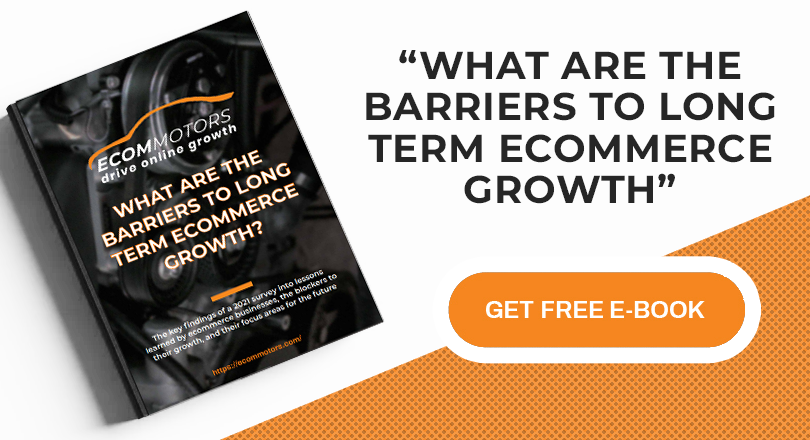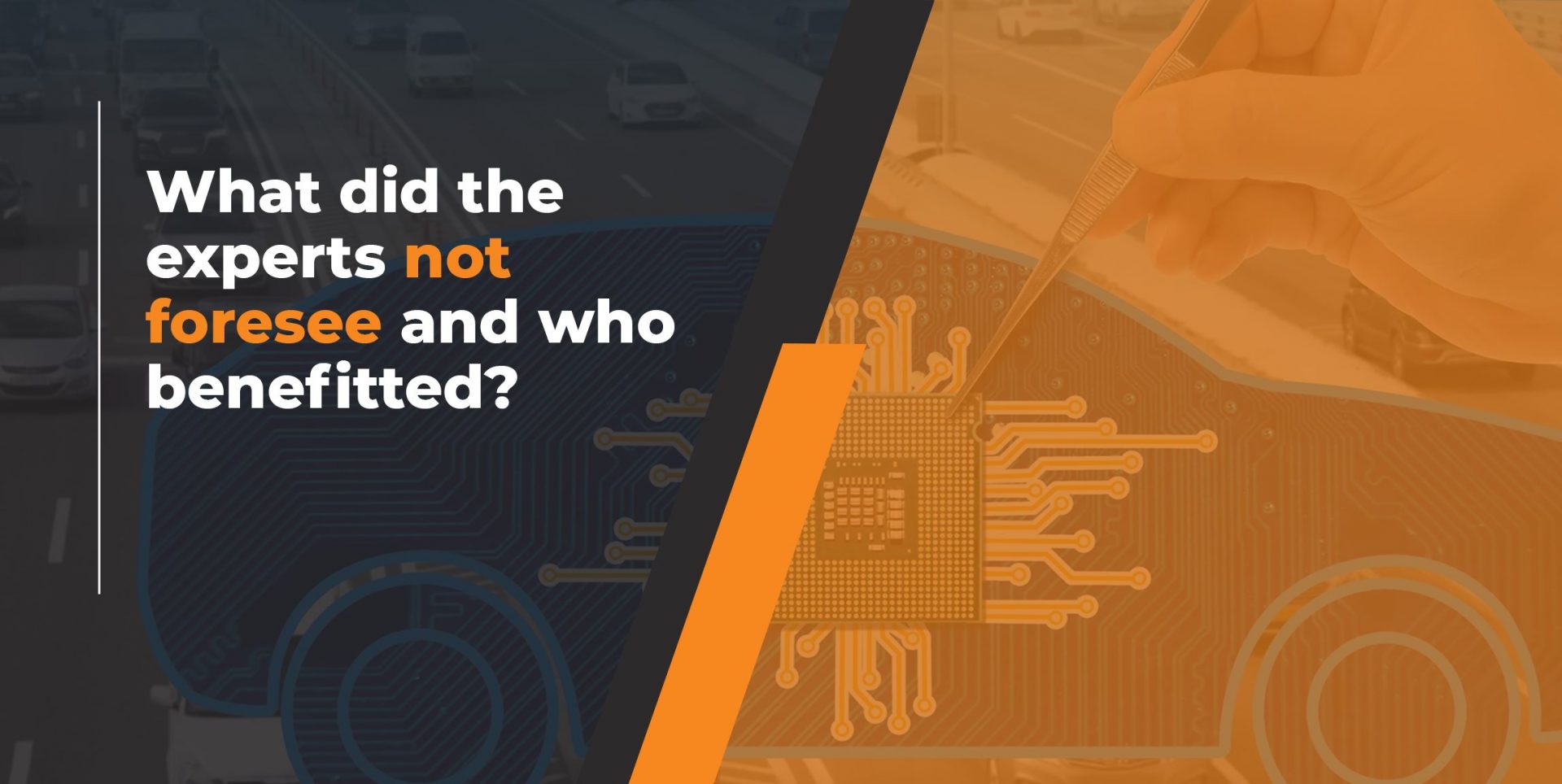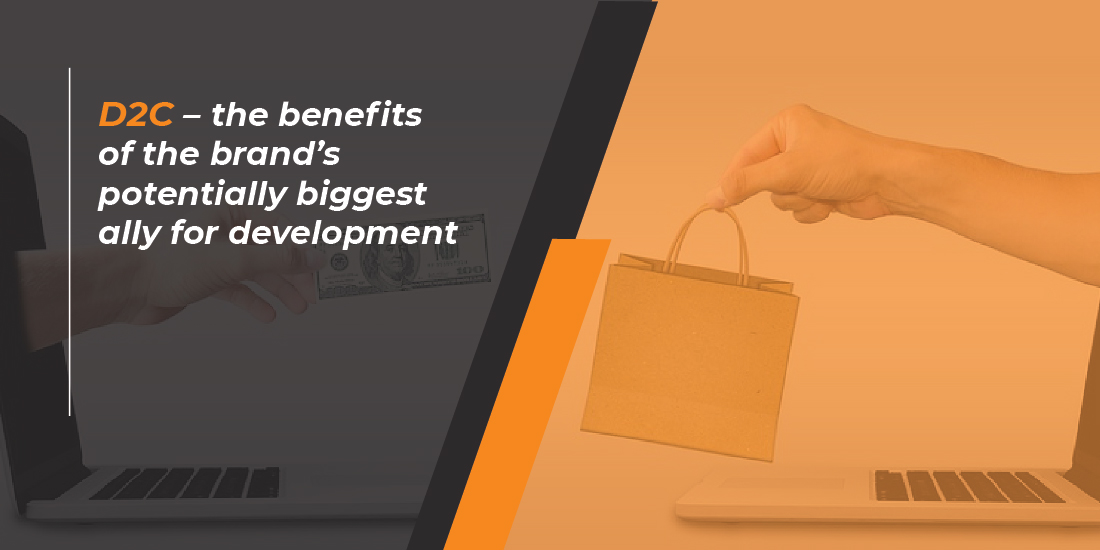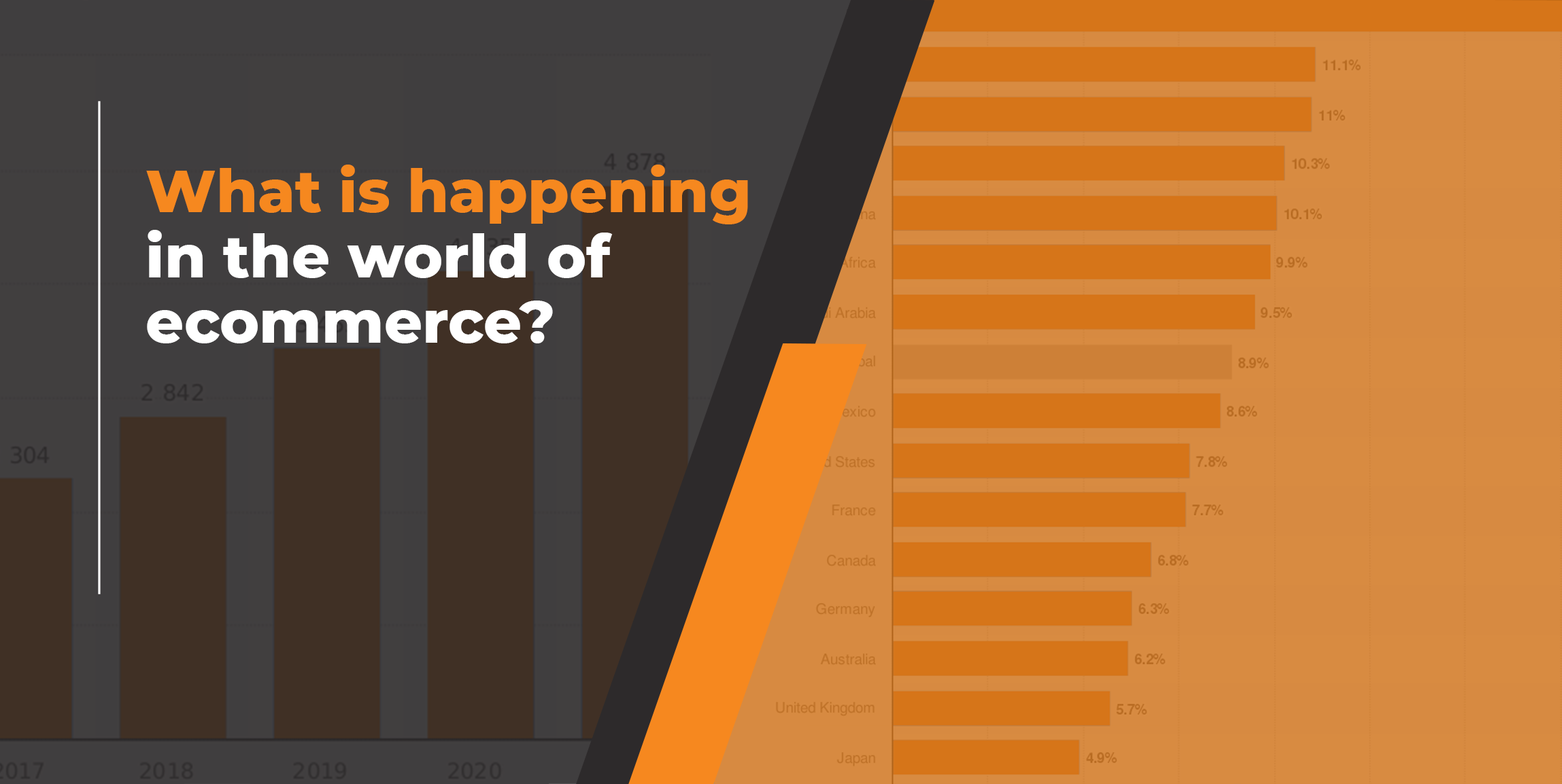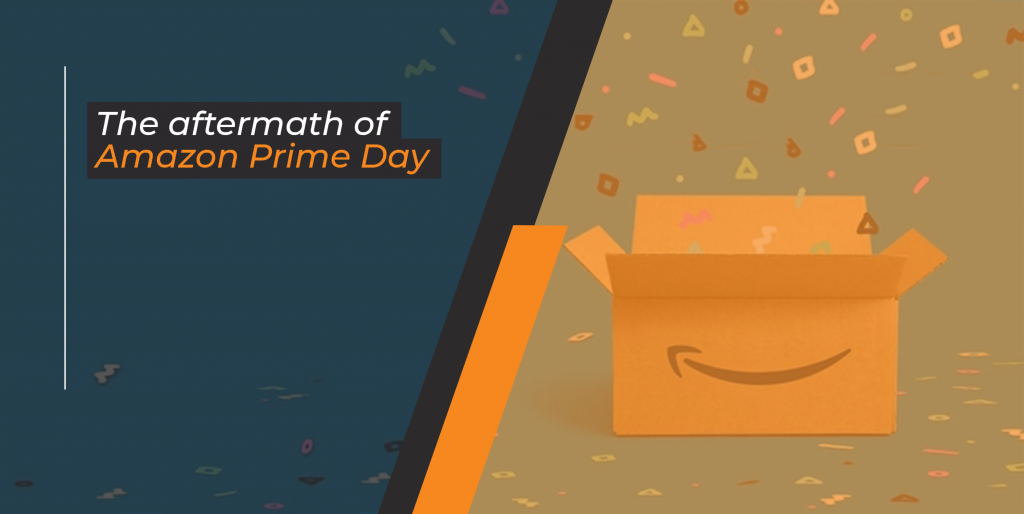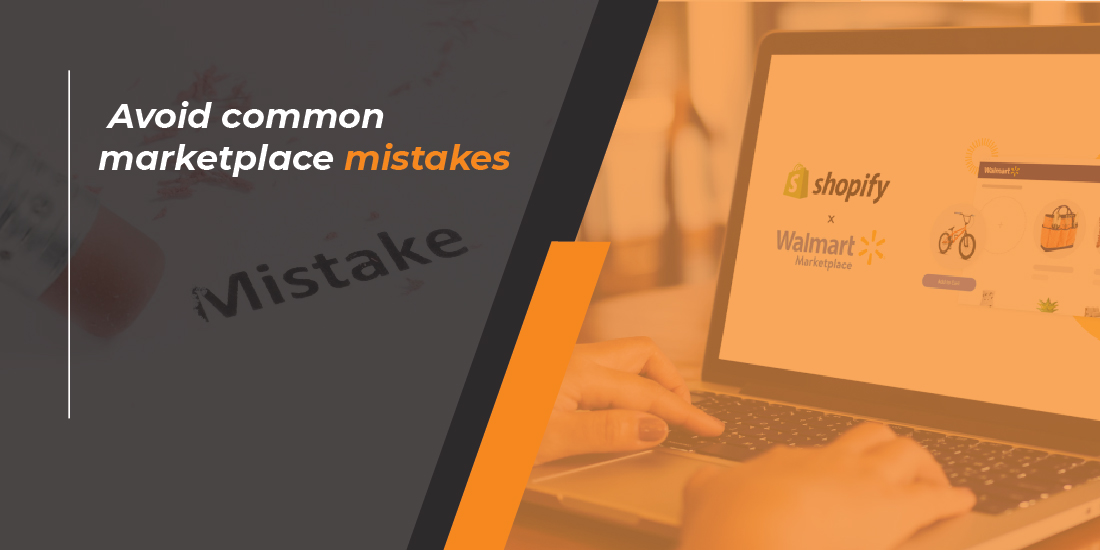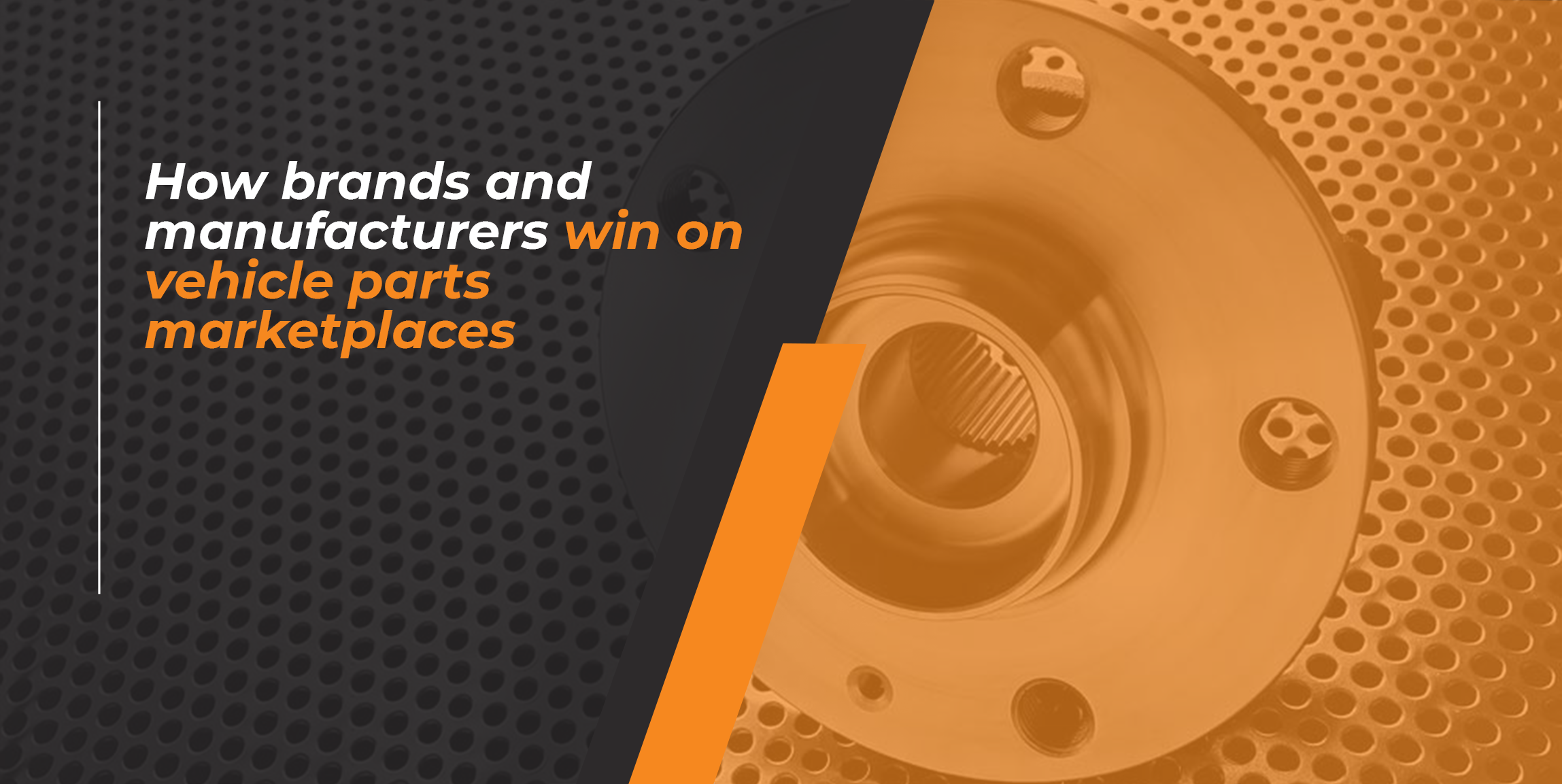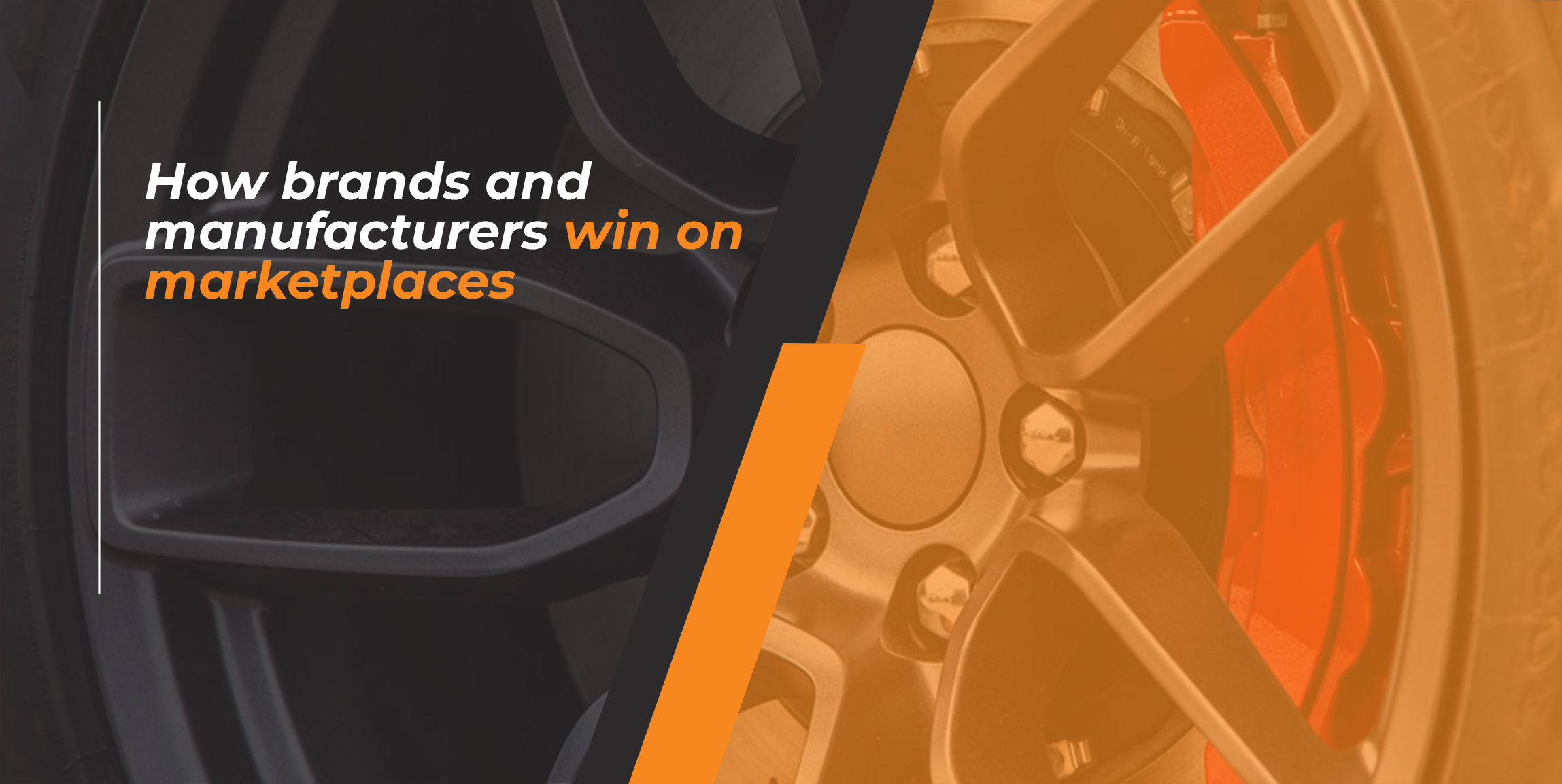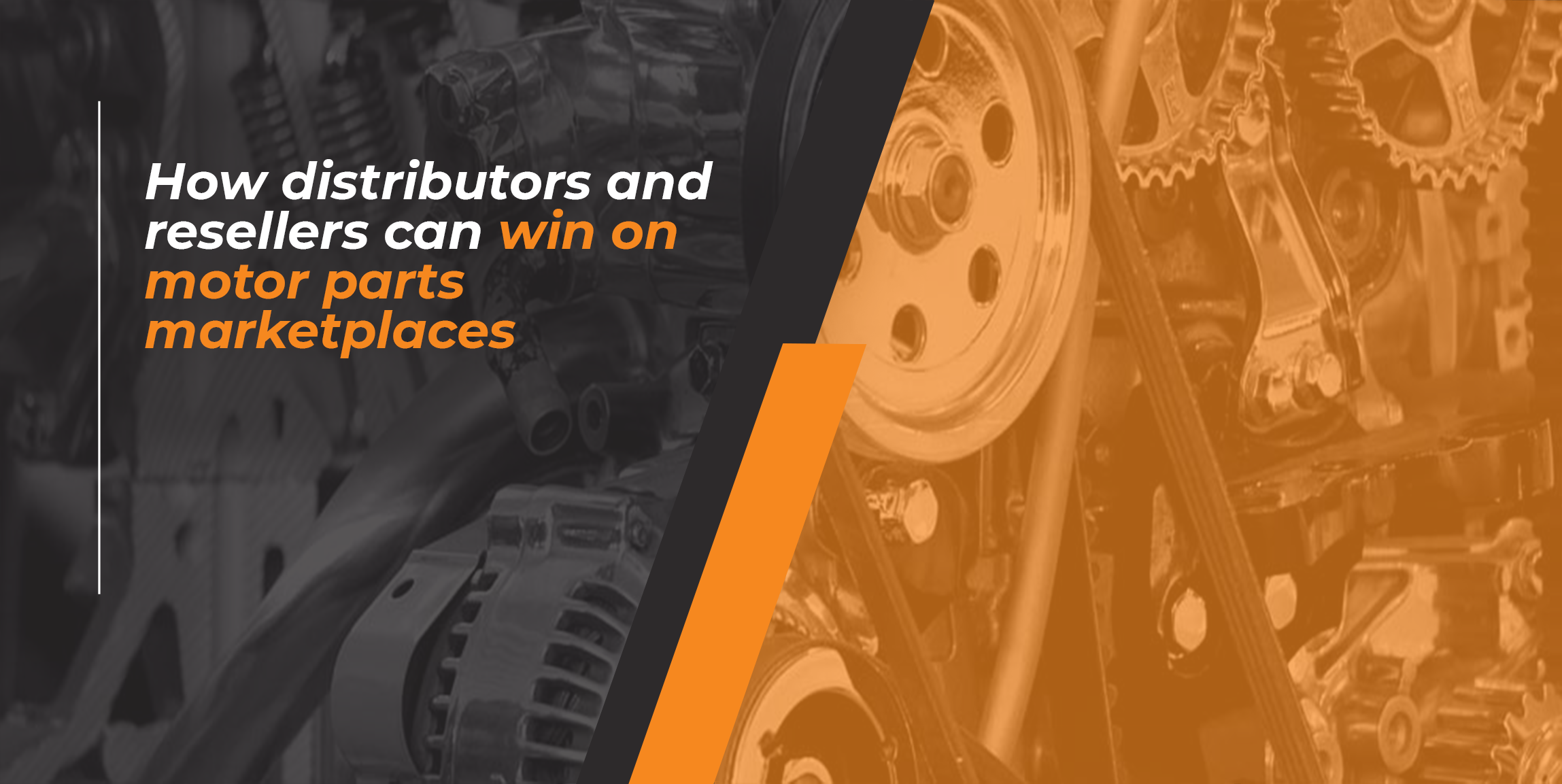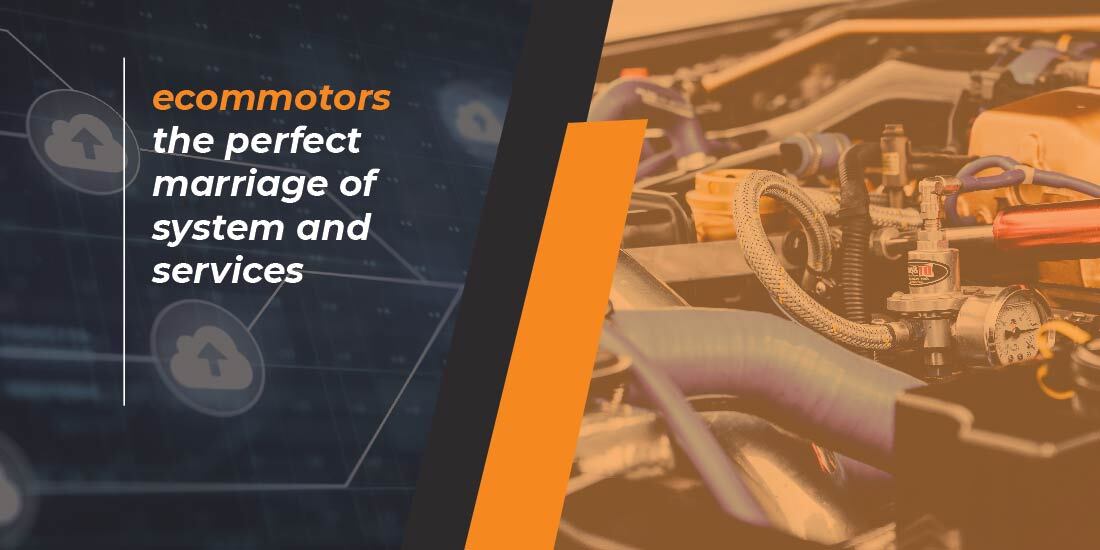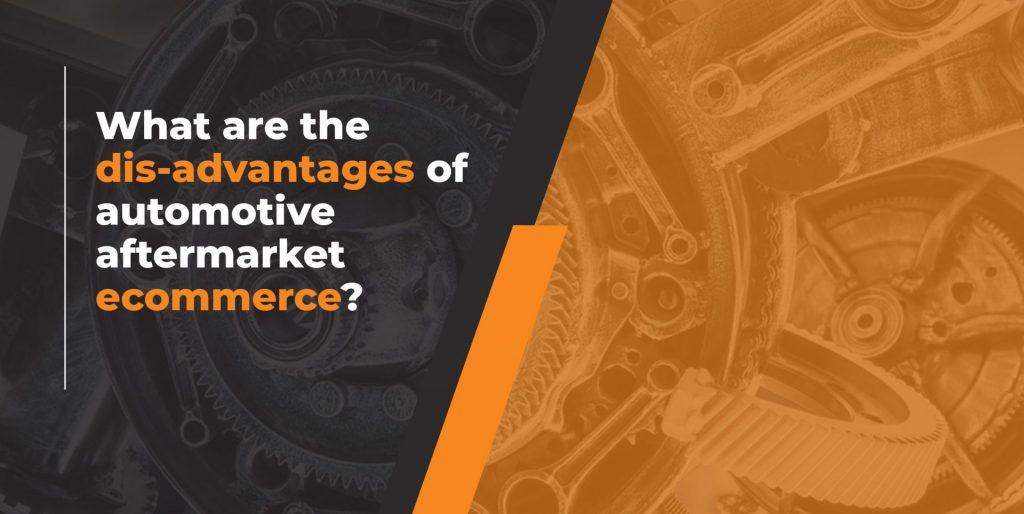
This post covers the disadvantages of automotive aftermarket ecommerce, and it’s a continuation of the content in which we discussed the benefits of it. Like everything in our lives, ecommerce has its disadvantages, which is what we want to share in order to be as objective as possible and prepare people for the difficulties they may face.
In order to maintain the positive tone of the post, after each shortcoming, we’ll add options for its solution. This will make the article a little longer, but we promise it’s worth reading!
- No physical contact with the goods
- The overall shopping experience is missing
- Lack of personal contact with a consultant
- Specific goods
- There are no passers-by
- Lots of competition
- The level of trust
- Lower profit margins
- Return of goods and money
- Adversity with deliveries
- The Reluctance of people to register and share personal data
- More work with goods
No physical contact with the goods
Unfortunately, this remains one of the biggest problems in ecommerce. Customers do not have the opportunity to touch the products they want, which in turn leads to a number of problems.
When you can’t look at and touch the details of the product, it is possible to order something that is not for you; perhaps it does not meet quality requirements or expectations for size and colour.
Online stores try to offer good photos to compensate, but there can always be discrepancies between photos and reality. And in some cases, these differences are intentional (we are referring to low-quality products that are polished and processed with Photoshop).
The solution to this case, although not 100%, we present in several points:
- Taking real photos of the products without hiding flaws
- 360-degree product tours
- Video clips presenting the goods
- Context with a comparison with people and/or objects
The overall shopping experience is missing
For most people, buying goods is a magical experience and for some it’s even a therapeutic procedure.
The feeling and atmosphere that physical stores give cannot be replaced by a website. The euphoria of walking around the stands, touching the goods, the aromas in the store, the lights, will be difficult to replicate in digital equivalent. The truth is that through eshops we cannot stimulate the human senses in a way that conventional shops can.
How to improve the user experience?
- If we have information about the customer, we can customise the goods they see
- By recommending goods to customers, we introduce a more personal approach
- Related goods are also a very good option
- Enable customers to create “Favourite” product lists
Lack of personal contact with a consultant
Because in online commerce everything happens in the digital space, personal contact with a sales consultant is absent. There is no one to advise you, to offer you a replacement product, to guide you. An unpleasant moment, especially for the more complex goods.
Many clients want to be well served by consultants who rush around them. They are even looking for exactly this experience – someone to take care of them, help them, and sometimes – pamper them and show them how smart and what a great choice they made.
How to overcome this obstacle?
- Online chats are a partial solution to this problem
- The activity of the chat staff is important
- Inquiry forms
- Additional explanations to the products for what they are used and for whom they are suitable
Specific goods
We are all aware of the existence of complex and/or expensive products that are extremely difficult to sell online, even impossible. These are usually items that are purchased only after consultation with a competent dealer. They may need some customisation, adding parts or removing to meet the customer’s needs.
Different types of machines are a good example of this type of product. Especially industrial products, which have dozens of variations, are expensive and heavy. They come with thousands of questions and explanations, tables with technical specifications, on-site demonstrations and more.
Some ideas for solving the case:
- Orders go through an inquiry form
- Online consultations of clients – Skype, chat
- Video clips with explanations of the goods
- FAQ sections for products
- Articles and e-books with explanations
There are no passers-by
Not to be overlooked is the fact that, unlike the physical object, online stores do not have random traffic that passes by the shop windows every day, looks at the goods, dreams of owning them, enters and buys them.
Internet users are usually looking for something specific to get into your eshop or are lured by advertising. Occasionally wandering customers and sales are rare.
To a large extent, the physical store is more successfully nestled in the minds of passers-by and customers than its electronic friend.
What can help the online store?
- Good branding and positioning in the web space
- Good optimisation for Google (SEO)
- Well organised and implemented advertising campaigns
- Good presence on social networks
Lots of competition
The threshold for entering online commerce is significantly lower compared to opening physical stores. This is a prerequisite for the emergence of a large number of competitors in niche markets. Saturation, in turn, leads to a fierce battle for customers through all sorts of tricks. Not to mention that it teaches customers to lurk for discounts and great deals, which undermines loyalty to retailers.
How to fight the competition?
- Try to offer unique products
- Work hard to retain customers
- Develop loyalty programs
- Solve customer problems, do not run away from them
- Be proactive and take care of people
The level of trust
With the swarms of competitors, questionable players inevitably appear, who do not contribute anything. All they do is break people’s trust in online shopping. Because of such murky retailers, people become sceptical of new brands that have not established themselves in the market. Let’s not forget that the media is bombarding us with headlines about online fraud, stolen and resold personal data, credit cards, etc.
This brings us to a situation where customers say they want to see and touch the product before buying it. We can’t blame them, especially those who have had bad experiences in the past with dishonest online merchants.
What can you do about it?
- Build a good brand vision to communicate security
- Be open with contact details, terms of use, payments, deliveries, returns
- Use security certificates to encrypt the connection and protect people’s information
- Respond quickly to orders and inquiries
To find out more about the automotive aftermarket, or for a no-obligation introductory discussion, please contact us.
Lower profit margins
Here we have two main factors that affect margins:
- The number of competitors
- The experience in physical stores
Let’s look at them separately to see how they reflect on markups and profits, respectively.
- The number of competitors – the oversaturation of the market by suppliers of the same type of goods and services comes with a bang price wars. The race to sell is a terrifying spiral that draws all traders to the bottom. Some rely on large sales volumes to compensate for the low prices, but working only on one market, what huge volumes are we talking about?
- The experience in physical stores – this is difficult to overcome. Customers tend to pay more money for a product when its purchase is associated with a fabulous experience. At the beginning of the article, we mentioned the contact with the goods and the overall euphoria about it.
Margin tips:
- If you can differentiate yourself with unique products – do it
- Do not enter into direct battles for the prize “Selling the cheapest”
- Take care of customers and offer excellent service
- Create satisfied, loyal customers who come back to you
- Don’t teach people that you are always in promotions and discounts
- If the goods allow it – connect the digital with the physical world, invite customers to events and demonstrations
Return of goods and money
There is also a return of goods and money in physical stores, but the percentage is lower than in online trade. When ordering online, there is a high probability of wrong models, bad fit or people who order loads of goods to try and choose an item. There is a moment of divination that ends with the return of goods.
Do you know what is unpleasant about these constant movements of goods and money? Taxes! Commissions are paid for deliveries as well as for money transfers between accounts. At the end of the day, neither the trader nor the customer benefits from this.
How to reduce the percentage of returned orders?
- Try to state the correct dimensions of the goods
- Describe exactly each item
- Compare the items with other familiar objects to see how big they are
Adversity with deliveries
There are many examples of expedient and accurate traders in terms of supply. These companies have inventory tracking systems and nomenclature management policies. They can deliver the goods from today to tomorrow, and some make attempts for deliveries on the same day.
However, there are traders for whom deliveries are a complete mess, for which customers understand ex post facto. Their stocks are mish-mash, they sell products they don’t have, then they wonder what to do with the execution of orders. This is a prerequisite for delays of days and sometimes weeks.
These incidents only harm online commerce because they irritate customers, shake trust and send them to physical stores. We are not even going to mention the lost shipments.
Let’s look at another case of supply difficulties – bulky and heavy goods. For them, the price calculation is more specific, as well as the conditions for transportation. Sometimes companies use a mixed model for deliveries – personal transport, as well as courier companies.
How to handle deliveries?
- Work with a trusted partner to make sure they fulfil their duties on time and delivers the goods in good condition
- If you do drop shipping you need to have good feedback to make sure orders are shipped on time
- Respond immediately if there is a supply problem for any reason
- If you sell fragile goods, pack them carefully
The Reluctance of people to register and share personal data
Now people are much calmer when registering in online stores than before, but there is still resistance to the introduction of personal data in registration forms. There are many reasons – who and how manage this information, whether it stores it, whether it sells it.
There is another point – the constant annoyance of emails with all sorts of suggestions that often do not fit the client’s profile. A person registers to make a purchase and is then flooded with heaps of irrelevant information.
By comparison, physical stores work differently. In them, a person enters with cash, buys whatever they decide and leaves. There is a moment of anonymity that is important to some people.
How to deal with booked customers?
- Allow them to shop as guests
- Do not press them with mandatory registrations
- Explain to them that you are using an encrypted connection and everything is secure
- Be more calculated with the email marketing
More work with goods
Exhibiting goods in a physical store is not an easy task, especially if done with thought. But to some extent, it is easier than displaying goods in an eshop. In the physical world, the product can “talk” to the customer, while online things are not. In the eshop you have to do the following:
- Text descriptions for all products
- Technical specifications, if any
- Many photos and their processing
- Selection of related goods to be sold to customers
- Product reviews or videos
- Individual packaging of orders and shipping
We do have more to share and if you want to have a non-obligatory conversation with us – please use the contact form. If you want to know more about us – visit our about us page.
automotive
More from us


